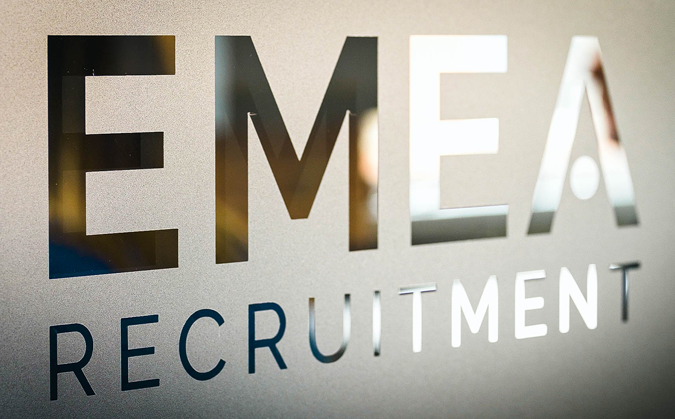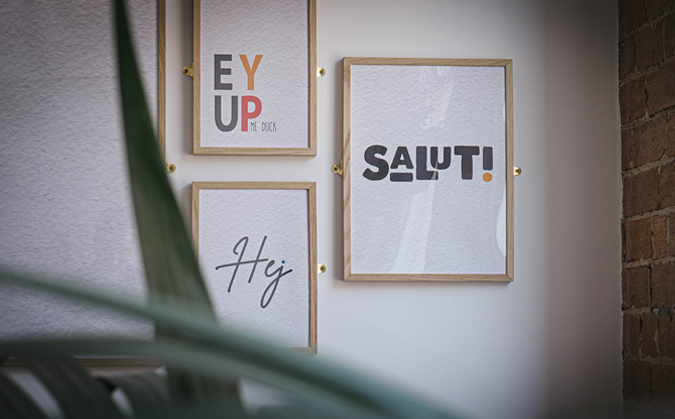Can Remote Working Build Trust & Loyalty Between Employer & Employee?

Almost overnight, the COVID-19 pandemic transformed the work experience for millions of people across the globe.
For Human Resources (HR), the impact has been huge. Rarely has the spotlight shone so brightly on this function, and many have felt the strain as they do their best to support their employees through this incredibly difficult time.
In particular, the huge rise in remote working has exposed flaws in many employers’ benefits packages, and benefits and wellbeing management systems.
It is important to remember that such dramatic workplace changes, such as remote home working, undertaken for sustained periods, can be both isolating and not suitable for employees accustomed to coming into an office every day. So, the need to link remote working employees and look after their wellbeing has never been greater.
Flexible working is a theme that’s gained a lot of traction in recent years, but ultimately simply refers to a way of working to suit an employee’s needs. This can mean making adjustments to start and finish times, to allow an employee time to drop off/pick up a child from school, or even working from home where necessary.
This simple gesture can improve an employee’s loyalty to their employer, can make them feel more motivated and can also start to tackle some Diversity issues: with almost no geographical restriction, there will be a bigger pool of candidates to consider, it is a better option for working parents, and will benefit candidates with physical or mental disabilities.
Employers need to recognise there will be no return to ‘business as usual’ for the foreseeable future and, instead, they need to adapt to the ‘new normal’. They must ensure their employees’ changing needs are supported, no matter where they’re based.
Employees have been forced to cope with unprecedented change, but this can also be a unifying experience that helps build trust and loyalty between employers and their workers, and this must continue to be nurtured.
The current crisis has also highlighted the fragility of many employers’ existing employee benefits systems, many of which weren’t designed to be accessed or managed remotely. Employers without digital solutions that are fit for the future of work will find it increasingly difficult to cope with the demands.
Overall, it's important that, during this testing time, HR will focus on ensuring the working wellbeing of its people to ensure that they are fit for purpose in the ‘new normal’. This will sustain your competitive advantage and establish your credentials as a responsible employer.
We understand the unique challenges of Human Resources recruitment. If you require support with your HR recruitment needs, please contact Keely Straw to arrange a call on: +41 41 588 1876 or email: [email protected]




You can also use your social account to sign in. First you need to:
Accept Terms & Conditions And Privacy Policy